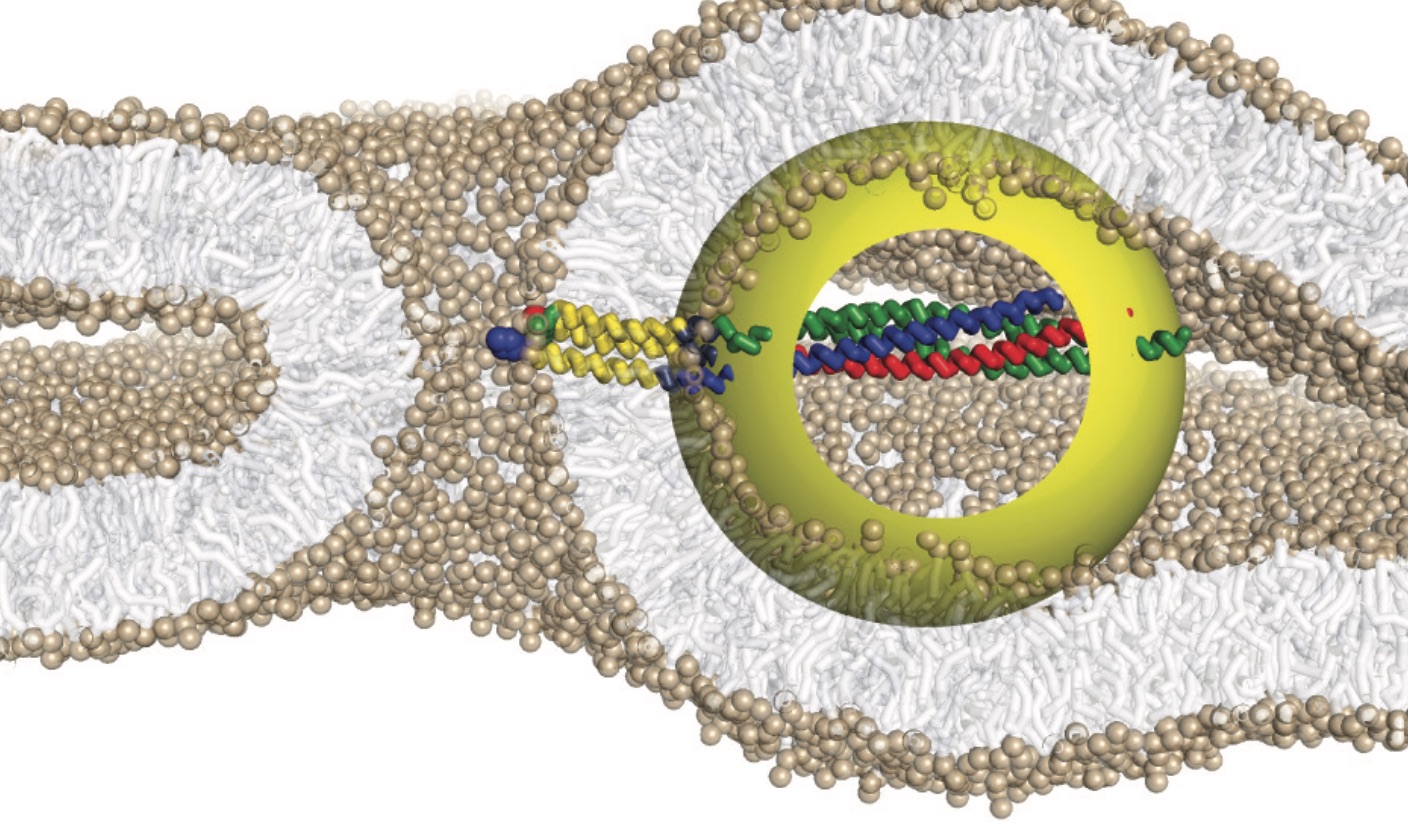Sticky proteins
- Details
- Last Updated: Thursday, 16 November 2017 19:50
Current force fields tend to overstabilize protein-protein interactions, and Martini is no exception. A recent paper by the Vattulainen group shows the stickiness is also haunting membrane embedded proteins:
M. Javanainen, H. Martinez-Seara, I. Vattulainen. PLoS ONE 12:e0187936, 2017. https://doi.org/10.1371/journal.pone.0187936
We are working hard to improve the protein-protein interactions in the forthcoming Martini 3.0 force field, featuring a thoroughly recalibrated interaction matrix, with a planned release early 2018.




























































































































































